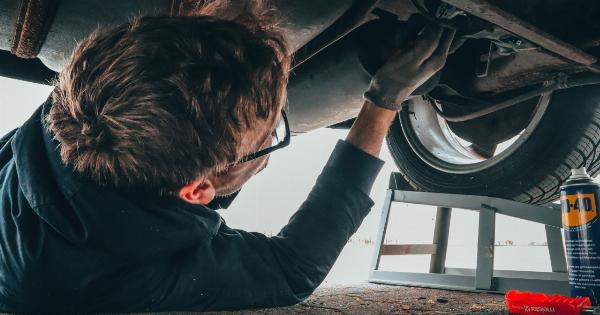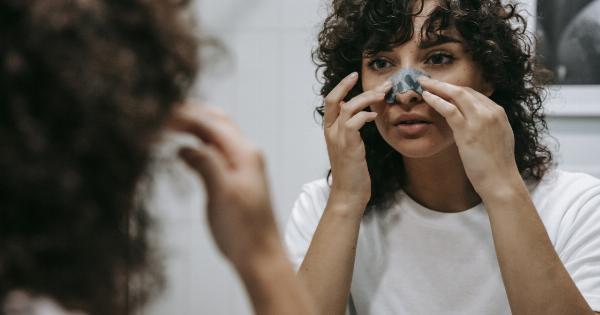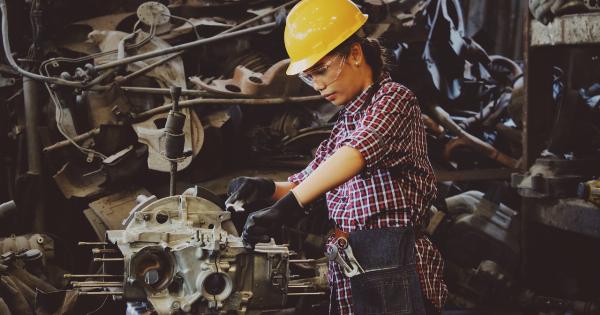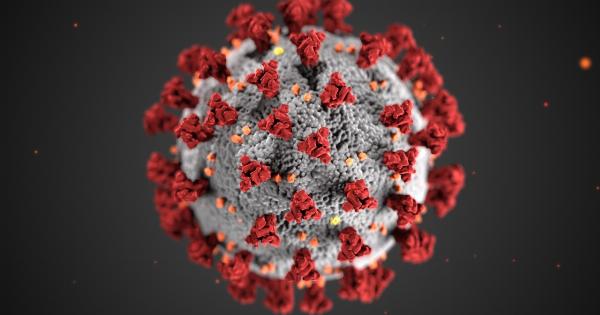Rhinoplasty, commonly known as a nose job, is a surgical procedure used to enhance the appearance and function of the nose. It is sought after by individuals who wish to change the size, shape, or overall appearance of their nose.
While many people achieve satisfactory results with their first rhinoplasty, some may require revisions to achieve their desired outcomes. In this article, we will discuss how many revisions one can have with rhinoplasty and the factors that determine the need for additional surgeries.
Understanding Rhinoplasty
Rhinoplasty is a complex surgical procedure that involves reshaping the bones, cartilage, and tissues of the nose. It requires a skilled and experienced plastic surgeon to achieve the desired results.
The surgeon takes into account the patient’s facial structure, nasal anatomy, and their specific goals to create a personalized treatment plan.
Why Are Revisions Sometimes Necessary?
While every effort is made to achieve the desired outcome during the initial rhinoplasty, sometimes revisions are necessary. There are several reasons why additional surgeries may be required:.
1. Unsatisfactory Aesthetic Results
Occasionally, the aesthetic results of a rhinoplasty may not meet the patient’s expectations. The nose may still appear asymmetrical, crooked, or have humps or depressions.
In such cases, a revision rhinoplasty can be performed to refine the initial results and achieve the desired appearance.
2. Functional Issues
Rhinoplasty not only aims to enhance the appearance of the nose but also to improve its function. Sometimes, the initial surgery may result in breathing difficulties, saddle nose deformity, or collapse of the nasal valves.
These functional issues can be addressed through revision rhinoplasty to restore proper nasal function.
3. Trauma
Accidents or injuries can impact the results of a previous rhinoplasty. A strong blow to the nose or facial trauma can modify the shape and structure of the nose, requiring corrective surgery to restore its appearance.
4. Scar Tissue Formation
Scar tissue is a normal part of the healing process after surgery. However, in some cases, excessive scar tissue can form inside the nose, leading to breathing problems and cosmetic concerns.
Revision rhinoplasty can help remove or reposition scar tissue to improve both form and function.
Factors Influencing the Number of Revisions
The number of revisions one can have with rhinoplasty depends on various factors. These include:.
1. Patient Expectations
Each individual has unique aesthetic goals and expectations for their rhinoplasty. Some individuals may be satisfied with minor changes, while others may desire significant alterations.
The number of revisions required will be influenced by the level of satisfaction achieved after each surgery.
2. Surgeon’s Expertise
The skill and experience of the surgeon play a crucial role in minimizing the need for revisions.
Choosing a board-certified plastic surgeon with a specialization in rhinoplasty can greatly increase the chances of achieving satisfactory results after the initial surgery.
3. Complexity of the Case
The complexity of each case can significantly impact the number of revisions needed. Patients with severe nasal deformities or significant functional issues may require multiple surgeries to achieve the desired outcomes.
4. Healing and Recovery
Proper healing and recovery are essential for the success of any rhinoplasty. Sometimes, the final results of a rhinoplasty may not be fully apparent until several months after the procedure.
Revision surgeries are typically performed after the nasal tissues have completely healed and settled.
The Revision Rhinoplasty Process
Revision rhinoplasty follows a similar process to the initial surgery. However, it requires careful evaluation and an understanding of the unique challenges presented by a previous procedure.
The surgeon will discuss the patient’s concerns, examine the nose, and develop a customized surgical plan.
Benefits and Considerations of Revision Rhinoplasty
Revision rhinoplasty can offer several benefits to individuals who have undergone previous nose surgeries:.
1. Improved Aesthetics
A revision rhinoplasty allows individuals to further refine the appearance of their nose, addressing any dissatisfaction or concerns from the primary surgery.
2. Enhanced Functionality
Functional issues resulting from a previous rhinoplasty, such as breathing difficulties or collapse of the nasal valves, can be corrected through revision surgery. This helps improve overall nasal function.
3. Increased Self-Confidence
When the aesthetic and functional issues with the nose are addressed effectively, patients often experience a boost in self-confidence and improved overall well-being.
Considerations for Revision Rhinoplasty
While revision rhinoplasty can deliver excellent results, there are a few considerations to keep in mind:.
1. Patience and Realistic Expectations
It is important to have patience throughout the revision process, as it may take several months for the final results to become apparent. Additionally, maintaining realistic expectations is crucial to ensure satisfaction with the outcome.
2. Adequate Healing Time
Revision rhinoplasty is typically performed after the nasal tissues have healed completely from the previous surgery. It is essential to allow sufficient healing time to reduce the risk of complications and achieve optimal results.
3. Communication with the Surgeon
Open and honest communication with the surgeon is vital to ensure that all concerns are addressed and expectations are met.
It is crucial to discuss any issues or dissatisfaction from the previous surgery to guide the surgeon in planning the revision procedure.
Conclusion
Rhinoplasty is a widely performed procedure that can enhance the appearance and functionality of the nose. While most individuals achieve satisfactory results with their initial rhinoplasty, some may require revisions to achieve their desired outcomes.
Factors such as patient expectations, the surgeon’s expertise, complexity of the case, and the healing process influence the need for revision surgeries. Revision rhinoplasty can provide individuals with the opportunity to refine the aesthetics and functionality of their nose, ultimately leading to increased self-confidence and overall satisfaction.






























